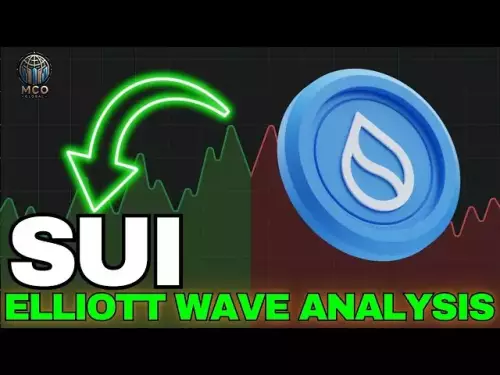-
 bitcoin
bitcoin $115761.354377 USD
-1.37% -
 ethereum
ethereum $4475.268687 USD
-2.95% -
 xrp
xrp $2.997758 USD
-2.97% -
 tether
tether $1.000517 USD
0.02% -
 bnb
bnb $986.306400 USD
-0.03% -
 solana
solana $239.777963 USD
-3.17% -
 usd-coin
usd-coin $0.999885 USD
0.01% -
 dogecoin
dogecoin $0.266431 USD
-5.31% -
 tron
tron $0.344054 USD
-2.27% -
 cardano
cardano $0.895891 USD
-3.84% -
 hyperliquid
hyperliquid $56.136248 USD
-3.59% -
 chainlink
chainlink $23.595739 USD
-4.88% -
 avalanche
avalanche $33.902799 USD
-4.84% -
 ethena-usde
ethena-usde $1.001134 USD
0.02% -
 sui
sui $3.673881 USD
-5.41%
What does a shrinking red bar in the MACD indicator mean? Should I sell?
A shrinking red MACD bar signals weakening bearish momentum, often hinting at a potential reversal or consolidation — but confirmation from price action and volume is crucial.
Sep 20, 2025 at 08:00 pm
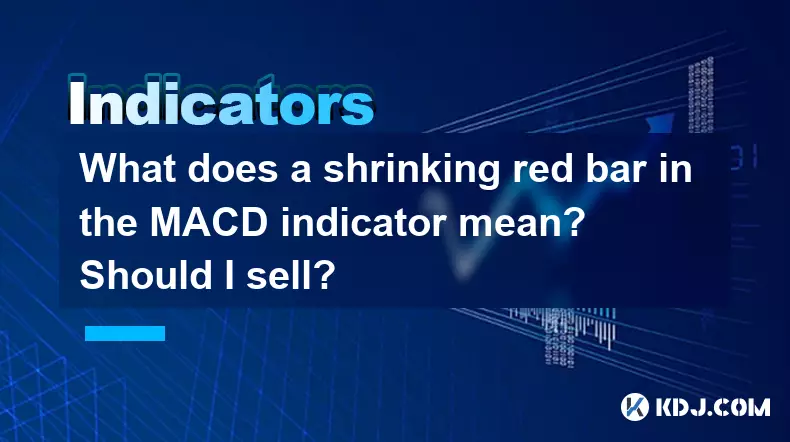
Understanding the MACD Indicator's Red Bar
1. The MACD (Moving Average Convergence Divergence) indicator is a momentum oscillator widely used in cryptocurrency trading to identify potential trend reversals, continuations, and momentum shifts. It consists of two lines — the MACD line and the signal line — along with a histogram that visualizes the difference between them. The histogram bars are typically colored green when positive and red when negative.
2. A shrinking red bar indicates that the downward momentum behind a bearish trend is weakening. This occurs when the MACD line is still below the signal line but moving closer to it. While the price may still be trending downward, the rate of decline is decelerating, suggesting reduced selling pressure.
3. In the context of the crypto market, where volatility is high and sentiment can shift rapidly, a shrinking red bar often signals an upcoming consolidation phase or a possible reversal if supported by other technical indicators or volume patterns. Traders should not interpret this signal in isolation.
4. The color and size of the histogram bars reflect the strength of momentum. Expanding red bars suggest intensifying bearish control, while shrinking ones imply waning bearish energy. This dynamic is especially relevant during downtrends in assets like Bitcoin or Ethereum, where sharp corrections can precede strong rebounds.
Interpreting Shrinkage in Bearish Momentum
1. A shrinking red bar does not automatically mean a buy signal; it merely highlights a reduction in selling intensity. For example, after a prolonged drop in a major altcoin, the appearance of diminishing red bars on the MACD might foreshadow a relief rally or sideways movement.
2. Confirmation from price action is essential. If the shrinking red bars coincide with higher lows on the candlestick chart or bullish candle patterns such as hammers or engulfing formations, the probability of a reversal increases.
3. Volume analysis adds another layer of validation. Decreasing volume during down-moves combined with shrinking red bars strengthens the argument that sellers are losing conviction.
4. In ranging markets common in low-cap cryptocurrencies, shrinking red bars may simply indicate stabilization rather than an imminent breakout. These conditions require additional tools like Bollinger Bands or RSI to assess overbought or oversold levels.
Should You Sell Based on This Signal?
1. No, you should not automatically sell based solely on a shrinking red bar in the MACD. In fact, doing so could cause you to exit a position prematurely, especially if the broader trend remains intact and the pullback is part of normal market behavior.
2. Selling decisions should incorporate multiple factors including support/resistance levels, order book depth (particularly in futures markets), on-chain metrics for major coins, and macroeconomic triggers affecting risk appetite in digital assets.
3. A shrinking red bar might actually present a contrarian opportunity in certain scenarios. For instance, if Bitcoin corrects into a key long-term support zone and MACD bearish momentum begins to shrink, accumulation by whales detected through blockchain analytics could reinforce a bottoming pattern.
4. Short-term traders using leverage must remain cautious. Even if momentum weakens, sudden news events or exchange outages can trigger cascading liquidations, distorting technical readings temporarily.
Common Questions About MACD in Crypto Trading
Q: Can the MACD give false signals in volatile crypto markets?A: Yes, due to extreme volatility and frequent pump-and-dump schemes in smaller cryptocurrencies, the MACD can generate misleading crossovers or premature reversal signs. Combining it with volume-weighted average price (VWAP) or on-chain transaction data improves reliability.
Q: What timeframes work best with MACD for day trading cryptos?
A: The 15-minute and 1-hour charts are commonly used by active traders. On these intervals, MACD settings adjusted to (12, 26, 9) help filter noise while capturing meaningful momentum shifts within daily cycles influenced by global market sessions.
Q: Does MACD perform differently across various cryptocurrencies?
A: Absolutely. High-liquidity assets like BTC and ETH tend to exhibit more reliable MACD patterns due to deeper markets and less manipulation. Low-cap tokens with thin order books often show erratic histogram movements unrelated to genuine momentum.
Disclaimer:info@kdj.com
The information provided is not trading advice. kdj.com does not assume any responsibility for any investments made based on the information provided in this article. Cryptocurrencies are highly volatile and it is highly recommended that you invest with caution after thorough research!
If you believe that the content used on this website infringes your copyright, please contact us immediately (info@kdj.com) and we will delete it promptly.
- Solana, XRP, and BlockchainFX: The Lowdown on Today's Crypto Movers and Shakers
- 2025-09-21 02:25:12
- Fartcoin's Wild Ride: A Cryptocurrency Trend Analysis
- 2025-09-21 02:45:13
- Crypto Presales 2025-2026: Which Projects Will Skyrocket?
- 2025-09-21 02:45:13
- AI Tokens Soar: Ozak AI and the Quest for 100x Growth
- 2025-09-21 02:50:12
- Chainlink vs. Layer Brett: Which Crypto Will Explode in 2025?
- 2025-09-21 02:25:12
- ADA Price, Polkadot News, and Meme Coins: What's Hot and What's Not?
- 2025-09-21 02:30:14
Related knowledge

How can I use the psychological line (PSY) to determine market sentiment?
Sep 17,2025 at 02:19pm
Understanding the Psychological Line (PSY) in Cryptocurrency TradingThe Psychological Line, commonly referred to as PSY, is a momentum oscillator used...
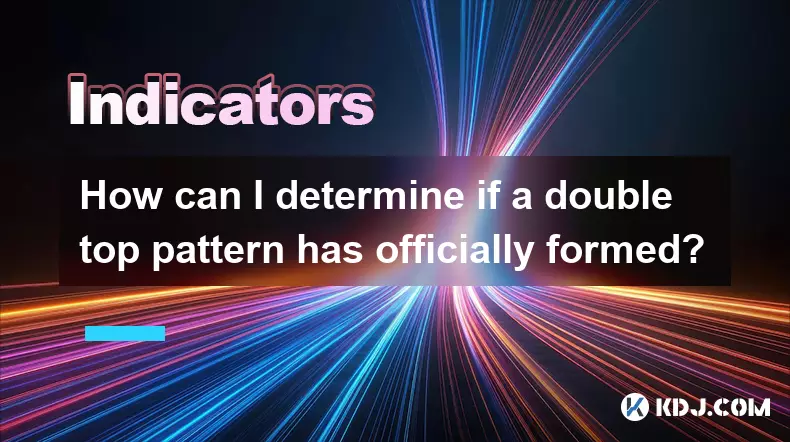
How can I determine if a double top pattern has officially formed?
Sep 21,2025 at 03:18am
Understanding the Structure of a Double Top Pattern1. A double top pattern consists of two distinct peaks that reach approximately the same price leve...

What does a death cross of the RSI in the strong zone (above 50) mean?
Sep 17,2025 at 10:54pm
Understanding the Death Cross in RSI Context1. The term 'death cross' is traditionally associated with moving averages, where a short-term average cro...
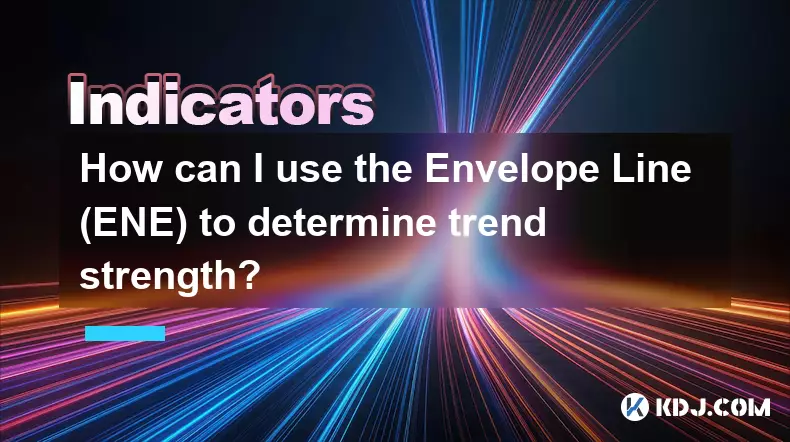
How can I use the Envelope Line (ENE) to determine trend strength?
Sep 19,2025 at 05:00pm
Understanding the Envelope Line (ENE) in Crypto TradingThe Envelope Line, commonly referred to as ENE, is a technical indicator used in cryptocurrency...
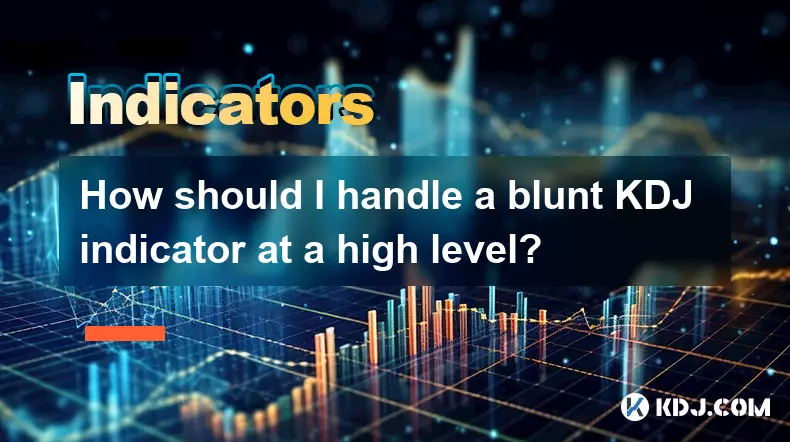
How should I handle a blunt KDJ indicator at a high level?
Sep 18,2025 at 09:19pm
Understanding a High-Level Blunt KDJ Indicator1. The KDJ indicator, widely used in cryptocurrency trading, combines the stochastic oscillator principl...

How do I interpret a golden cross above the zero line on the MACD indicator?
Sep 19,2025 at 05:18pm
Understanding the MACD Indicator Structure1. The MACD (Moving Average Convergence Divergence) indicator consists of three main components: the MACD li...

How can I use the psychological line (PSY) to determine market sentiment?
Sep 17,2025 at 02:19pm
Understanding the Psychological Line (PSY) in Cryptocurrency TradingThe Psychological Line, commonly referred to as PSY, is a momentum oscillator used...

How can I determine if a double top pattern has officially formed?
Sep 21,2025 at 03:18am
Understanding the Structure of a Double Top Pattern1. A double top pattern consists of two distinct peaks that reach approximately the same price leve...

What does a death cross of the RSI in the strong zone (above 50) mean?
Sep 17,2025 at 10:54pm
Understanding the Death Cross in RSI Context1. The term 'death cross' is traditionally associated with moving averages, where a short-term average cro...

How can I use the Envelope Line (ENE) to determine trend strength?
Sep 19,2025 at 05:00pm
Understanding the Envelope Line (ENE) in Crypto TradingThe Envelope Line, commonly referred to as ENE, is a technical indicator used in cryptocurrency...

How should I handle a blunt KDJ indicator at a high level?
Sep 18,2025 at 09:19pm
Understanding a High-Level Blunt KDJ Indicator1. The KDJ indicator, widely used in cryptocurrency trading, combines the stochastic oscillator principl...

How do I interpret a golden cross above the zero line on the MACD indicator?
Sep 19,2025 at 05:18pm
Understanding the MACD Indicator Structure1. The MACD (Moving Average Convergence Divergence) indicator consists of three main components: the MACD li...
See all articles

























